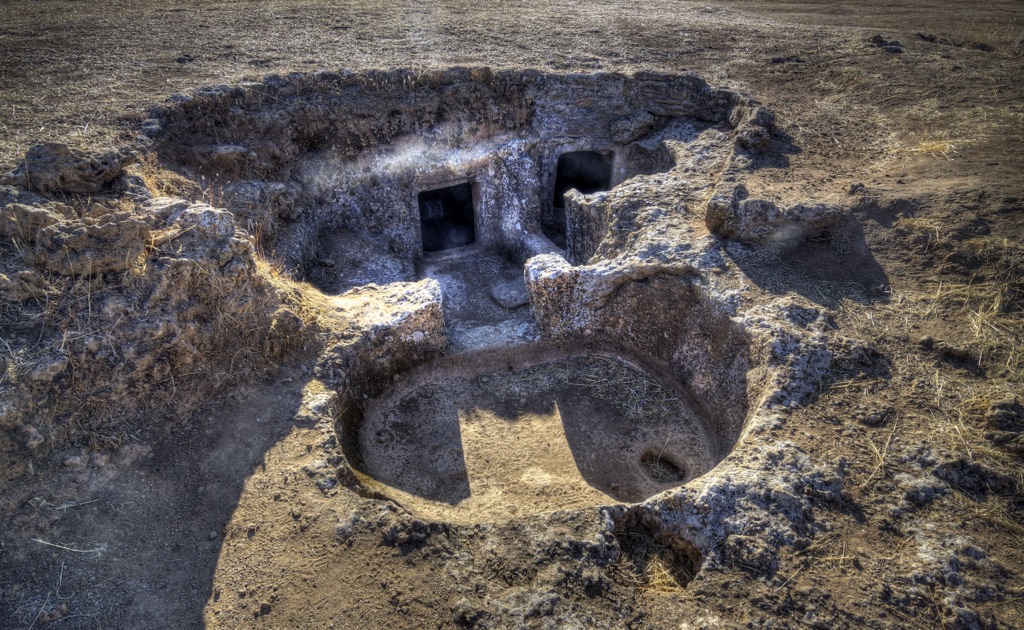The Anghelu Ruju necropolis is a prehistoric burial site located near Alghero, Sardinia, Italy. It is one of the largest and most important archaeological sites on the island, known for its underground tombs called ‘domus de janas’. These tombs, carved into the limestone, date back to the Ozieri culture of the Neolithic period and were used for collective burials. The site provides valuable insights into the funerary practices, beliefs, and social structures of the ancient inhabitants of Sardinia.
Get your dose of History via Email
Historical Background of Anghelu Ruju necropolis
The Anghelu Ruju necropolis was discovered accidentally in 1903 by land workers. It was subsequently excavated by Antonio Taramelli, an Italian archaeologist. The site consists of 38 tombs, which were created by the Ozieri culture between 3300 and 2700 BC. Later, the site was used by successive cultures, including the Beaker culture in the Bronze Age. The necropolis was not only a burial ground but also a ceremonial site, as evidenced by the artifacts and architectural features found within the tombs.
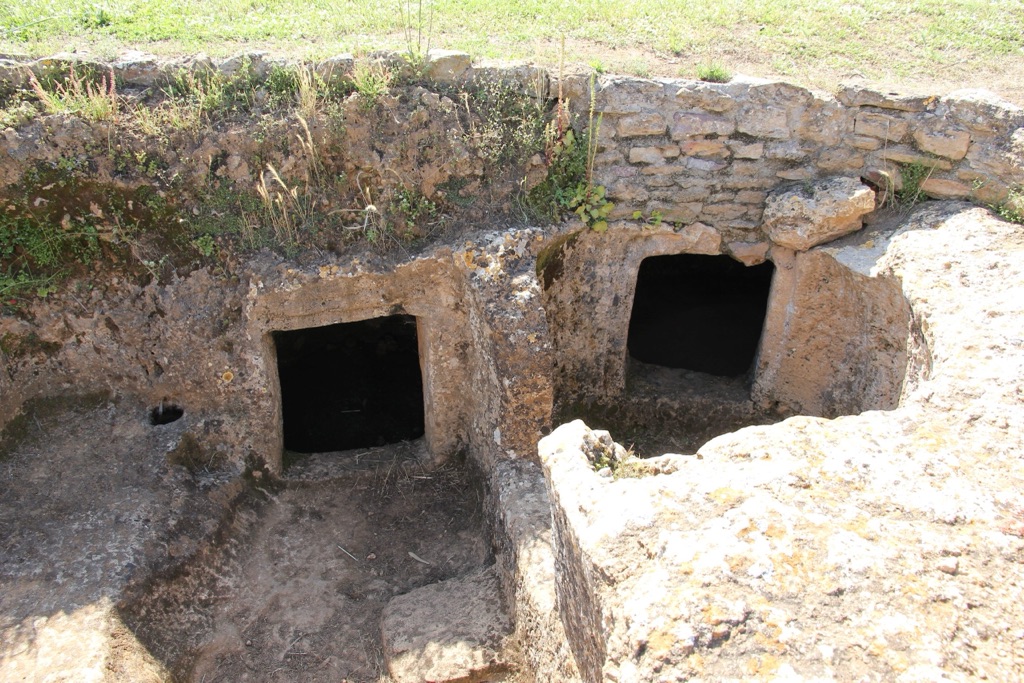
Local shepherds and farmers had used the site over the centuries, unaware of its historical significance. It wasn’t until the accidental discovery that the true importance of Anghelu Ruju came to light. The tombs are characterized by their intricate carvings and motifs, which include bull’s horns, false doors, and other symbolic elements that suggest a belief in an afterlife and the importance of the bull in their society.
The builders of the Anghelu Ruju necropolis were skilled artisans. They carved the tombs directly into the rock, creating chambers and vestibules. Some tombs have multiple rooms, indicating a complex social structure and the possibility of family or clan burials. The presence of grave goods, such as pottery, tools, and ornaments, further indicates the status of the individuals buried within.
Throughout history, the site has not been the scene of any known historically significant events. However, it provides a snapshot of prehistoric life in Sardinia. The necropolis has been a key source of information for understanding the pre-Nuragic cultures of the island. The artifacts and tomb structures have helped archaeologists piece together the customs and daily life of the ancient Sardinians.
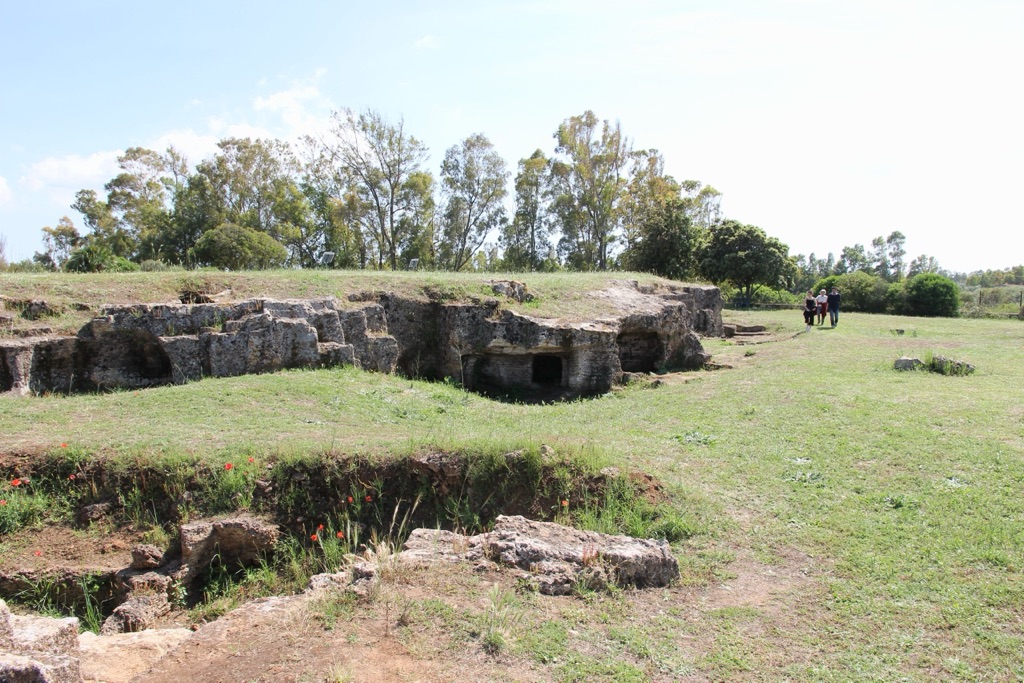
Today, the Anghelu Ruju necropolis is a protected archaeological site. It is open to the public, allowing visitors to explore the ancient tombs and learn about the prehistoric inhabitants of Sardinia. The site continues to be an important focus for archaeological research, offering insights into the Neolithic and Bronze Age periods of the Mediterranean.
About Anghelu Ruju necropolis
The Anghelu Ruju necropolis is a complex of underground burial chambers hewn from the limestone bedrock. The tombs vary in size and complexity, with some featuring multiple rooms and elaborate decorative elements. The chambers are accessed through vertical shafts or corridors, leading down into the heart of the necropolis.
The construction of the tombs required considerable skill and knowledge of the rock. The builders used stone tools to carve the limestone, creating smooth walls and ceilings. Some chambers feature bas-relief carvings, including spirals, zigzags, and other geometric patterns, as well as depictions of animals and human figures.
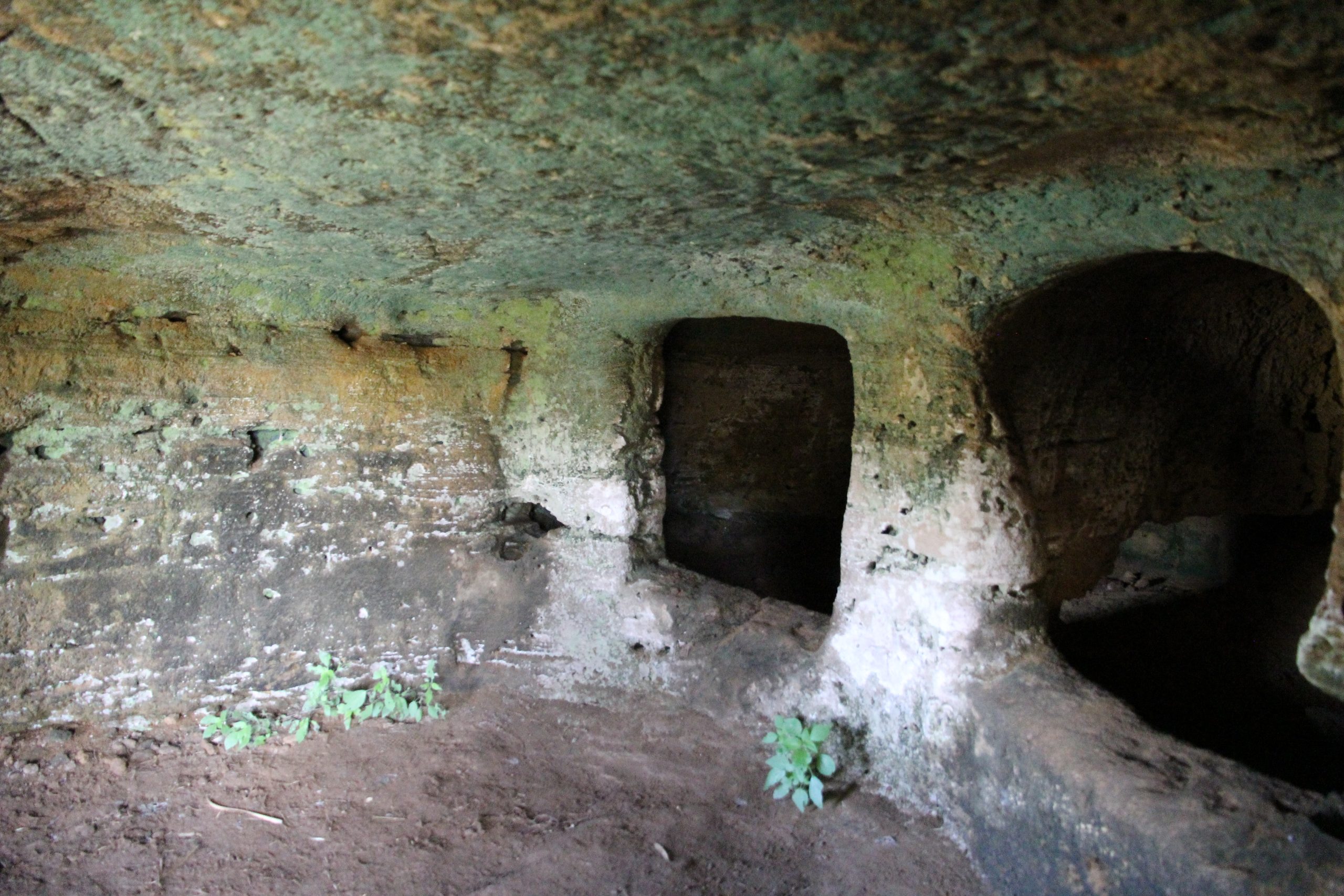
Architectural highlights of the site include false doors, which were believed to allow the spirits of the dead to pass through, and bull’s horns, which symbolize strength and fertility. The presence of niches and ledges within the tombs suggests that they were used to hold offerings or personal belongings of the deceased.
The materials used for the grave goods found within the tombs include ceramics, metals, and semi-precious stones. These items not only served as offerings but also provide archaeologists with clues about the trade networks and cultural exchanges that existed during the Neolithic and Bronze Age periods.
The Anghelu Ruju necropolis stands as a testament to the engineering and artistic capabilities of the prehistoric Sardinians. The site’s preservation allows for ongoing study and appreciation of the ancient culture that created it, offering a tangible connection to the island’s distant past.
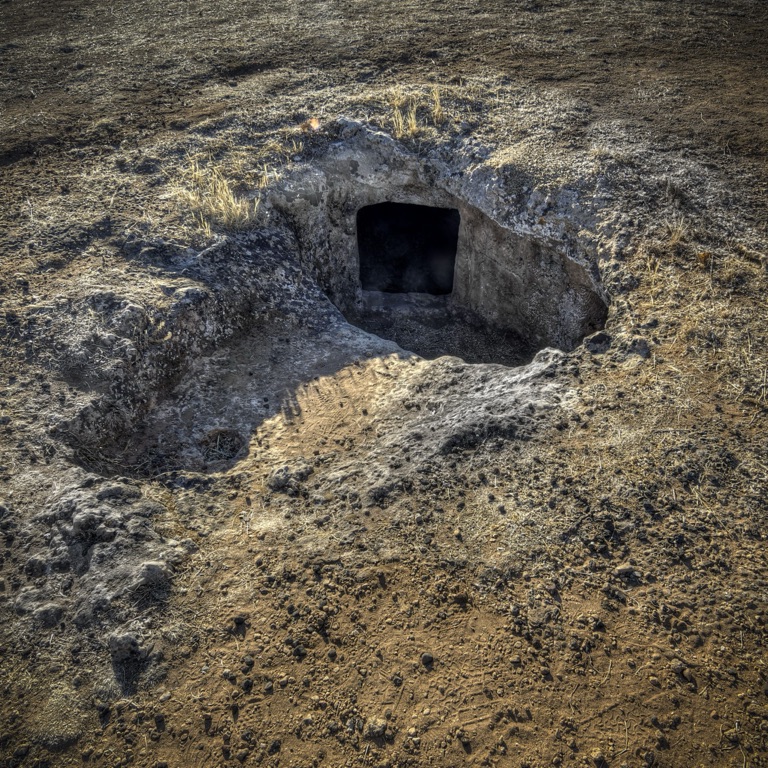
Theories and Interpretations
Several theories have been proposed regarding the use and significance of the Anghelu Ruju necropolis. The most widely accepted view is that it served as a collective burial site, where multiple generations of the same community were interred. This practice suggests a strong sense of community and ancestral veneration.
The intricate carvings and symbols found within the tombs have led to various interpretations. Some scholars believe that the motifs represent a form of prehistoric religious or spiritual belief system. The bull’s horns, in particular, are thought to be linked to a fertility cult or to the importance of cattle in the society.
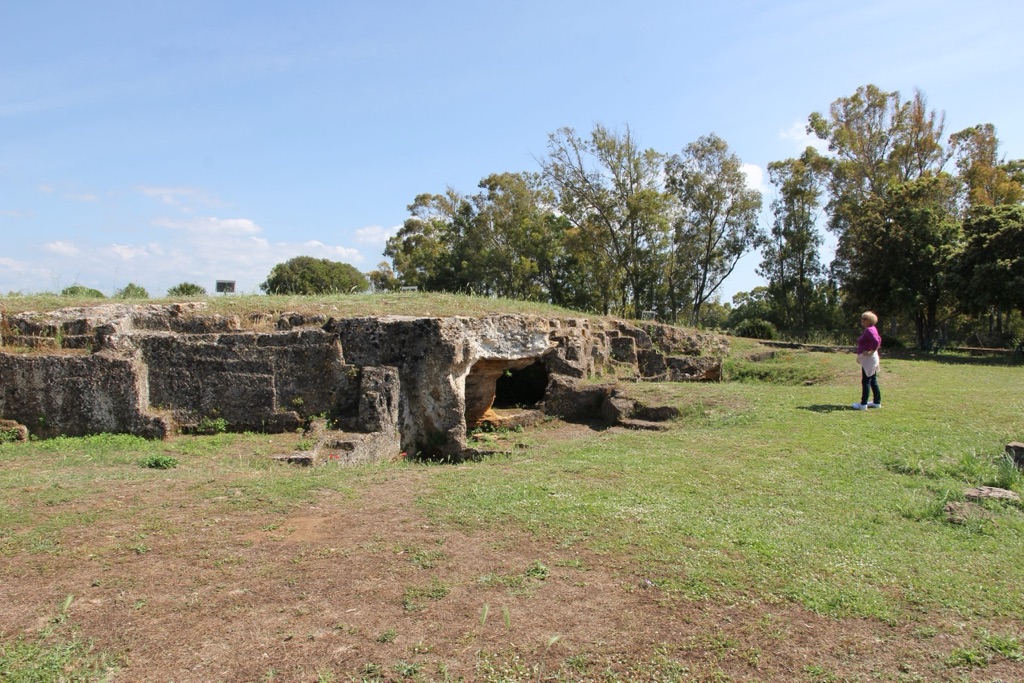
There are mysteries surrounding the site, such as the exact rituals performed within the tombs and the meaning of certain carvings that do not have clear parallels in other contemporary cultures. These aspects have required archaeologists to interpret the site’s features and match them to broader Neolithic and Bronze Age practices.
Dating of the Anghelu Ruju necropolis has been carried out using various methods, including radiocarbon dating and stratigraphic analysis. These techniques have helped establish a timeline for the site’s use and have provided a chronological framework for the artifacts found within.
The ongoing research and study of the Anghelu Ruju necropolis continue to refine our understanding of the site. As new technologies and methodologies emerge, archaeologists hope to uncover further details about the beliefs, social structures, and daily lives of the people who built and used this remarkable necropolis.
At a glance
Country: Italy
Civilization: Ozieri culture (Neolithic period), later used by Beaker culture (Bronze Age)
Age: Approximately 5,000 to 4,500 years old (3300 – 2700 BC)

